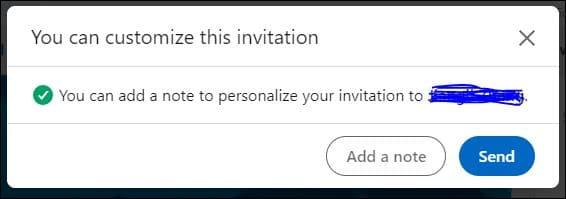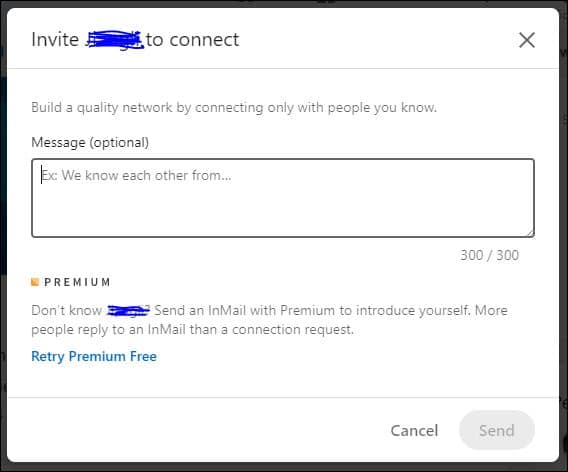Kassey Lee explains how he uses LinkedIn to contact decision markers in China. It’s relevant for connecting with people around the world.
I joined LinkedIn in 2016 upon recommendation by long-time domain investor Howard Fellman. In these four years, I have made over 30,000 connections including 8,000 CEOs. A large number of them are from China. I use LinkedIn almost every day to write about domains and exchange ideas. It is truly a global network.
LinkedIn has a significant presence in China. It entered the Middle Kingdom in 2014 and currently has 50 million Chinese users according to Baidu. As far as I know, LinkedIn is the only foreign social network allowed in China. It provides an easy way for westerners to contact corporate executives in China.
To be able to contact any LinkedIn user in China, you need to have a large network. In 2017, I wrote an article on LinkedIn detailing how I acquired 3,000 CEO connections. Unfortunately, it is written in Chinese but you can still read it with the help of Google Translate. Here is the link to the article. If you don’t have time to build up your network, you can sign up as a paid member, which allows you to message anyone on LinkedIn regardless of whether they are on your network or not.
Finding a company is straightforward. As an example, let’s use the Chinese company “Singlera” which I came across recently during my end user research. Use the search box prominently displayed across the top of every LinkedIn page and enter “singlera”.

LinkedIn shows a number of listings, including the CEO, COO, and CTO of Singlera. There is also a link to the company’s LinkedIn page from which you can find even more executives of the company.
If you are not a paid member, be aware that you may be stopped if you do too many searches at one time. To get around it, I often use Google search by entering “linkedin singlera ceo” or something similar.
LinkedIn provides a function which is very handy: connection request. I use this function to send a message to an executive I want to contact. To use this function, make sure you are viewing the profile page of the executive (otherwise no message box will appear later). First, click the Connect button on the page.

The following dialog box appears.

Be sure to click “Add a note”, then you’ll see the following dialog box.

Enter a message, up to 300 characters. I try to be very short and get straight to the point.
What about the language issue? No problem. You can use Google Translate or another translation tool. I know an investor in China who wants to expand his network beyond China. He joined LinkedIn early this year and has been very active even though he does not know much English. He just uses a translation tool when writing messages on LinkedIn.
Final word: use the connection request sensibly and write a message which truly has value to the recipient.






Thanks for the honorable mention above, Kassey. I am humbled and welcome readers to connect with me on LinkedIn as I continue my quest to connect domainers from throughout the world, allowing them to easily communicate with one another without having to join or pay.
For those of you who are unfamiliar with the way LinkedIn works…if you connect with me…and I am connected with “Domainer X”…you will then be classified as second degree generation to “Domainer X”. As such, you should then be allowed to freely message him/her. For about 15 years, I have acted as a human bridge to freely allow over 23,000 domainer investors to connect with one another.
Here is a direct link to my profile: https://www.linkedin.com/in/pcprofessor/
A profuse thanks to Andrew and Kassey for their herculean work in spreading awareness and for the use of this podium.
Thank you Howard. I have learned many things from you in our exchange of ideas over the years. With due respect, I still think some “new” extensions are useful and complementary, such as Alibaba.club or Alibaba.news to complement Alibaba.com. I do agree that .com is the first extension you should consider if you aspire to become a global player from day one. There is something good about connections. You don’t have to agree, but you do have the opportunity to listen to other people’s opinions and then make your final investment decision. For this reason, I thank Howard and many other domain investors for their comments.